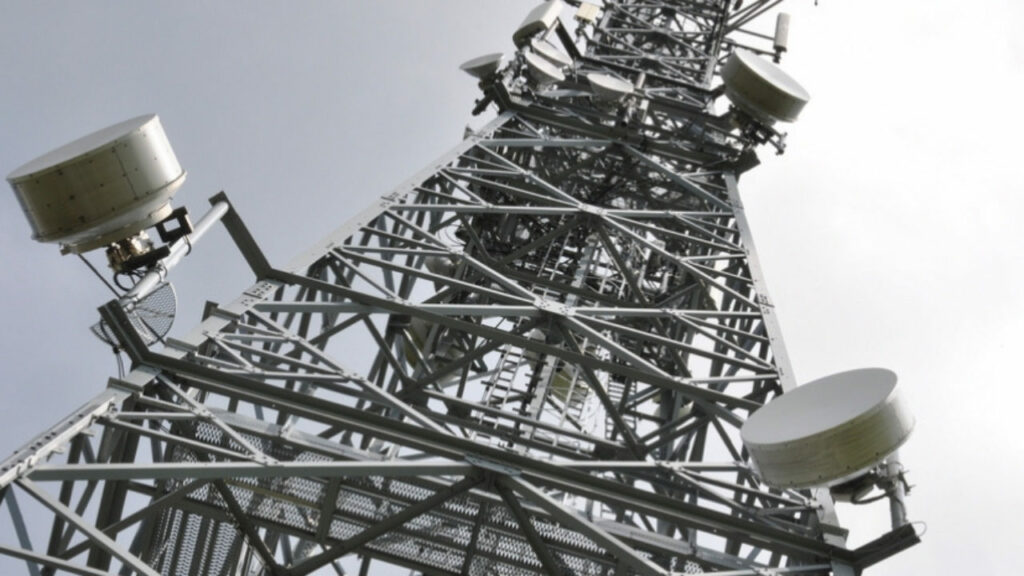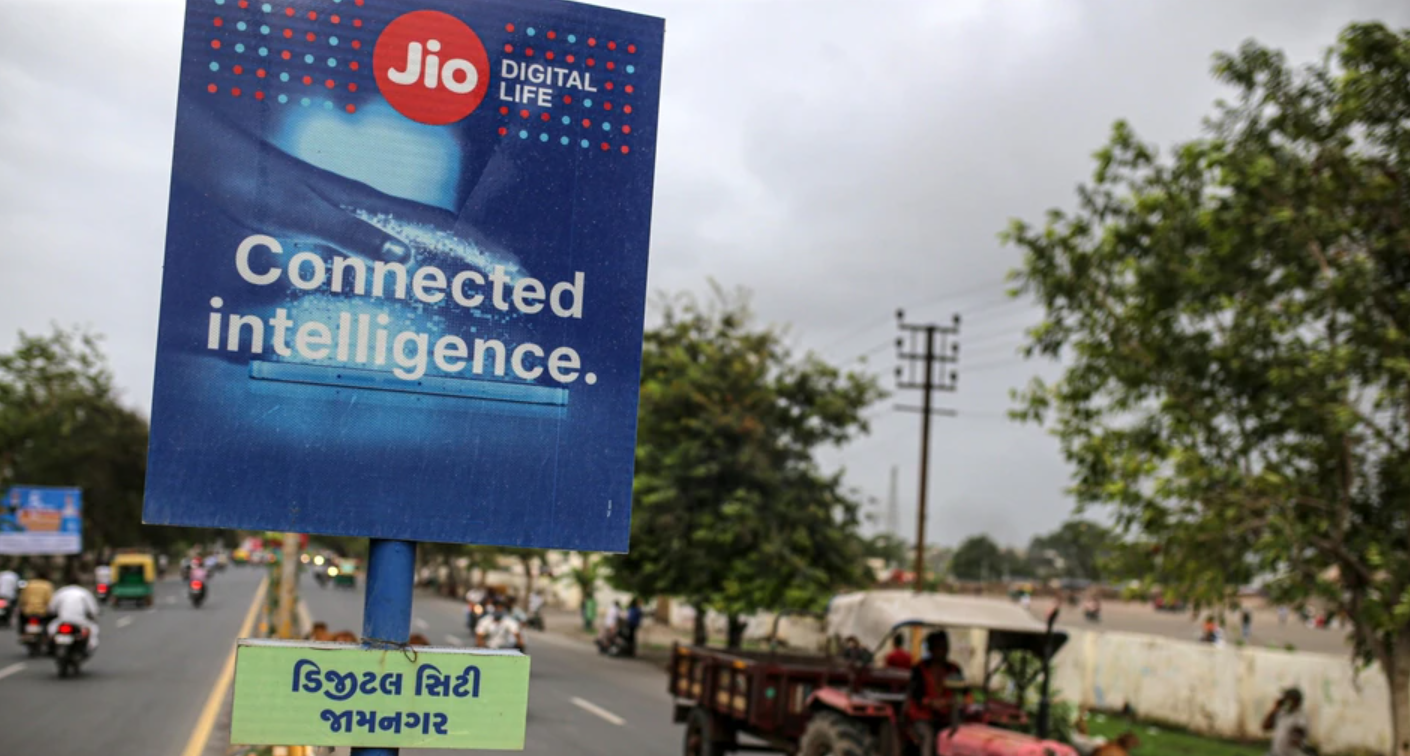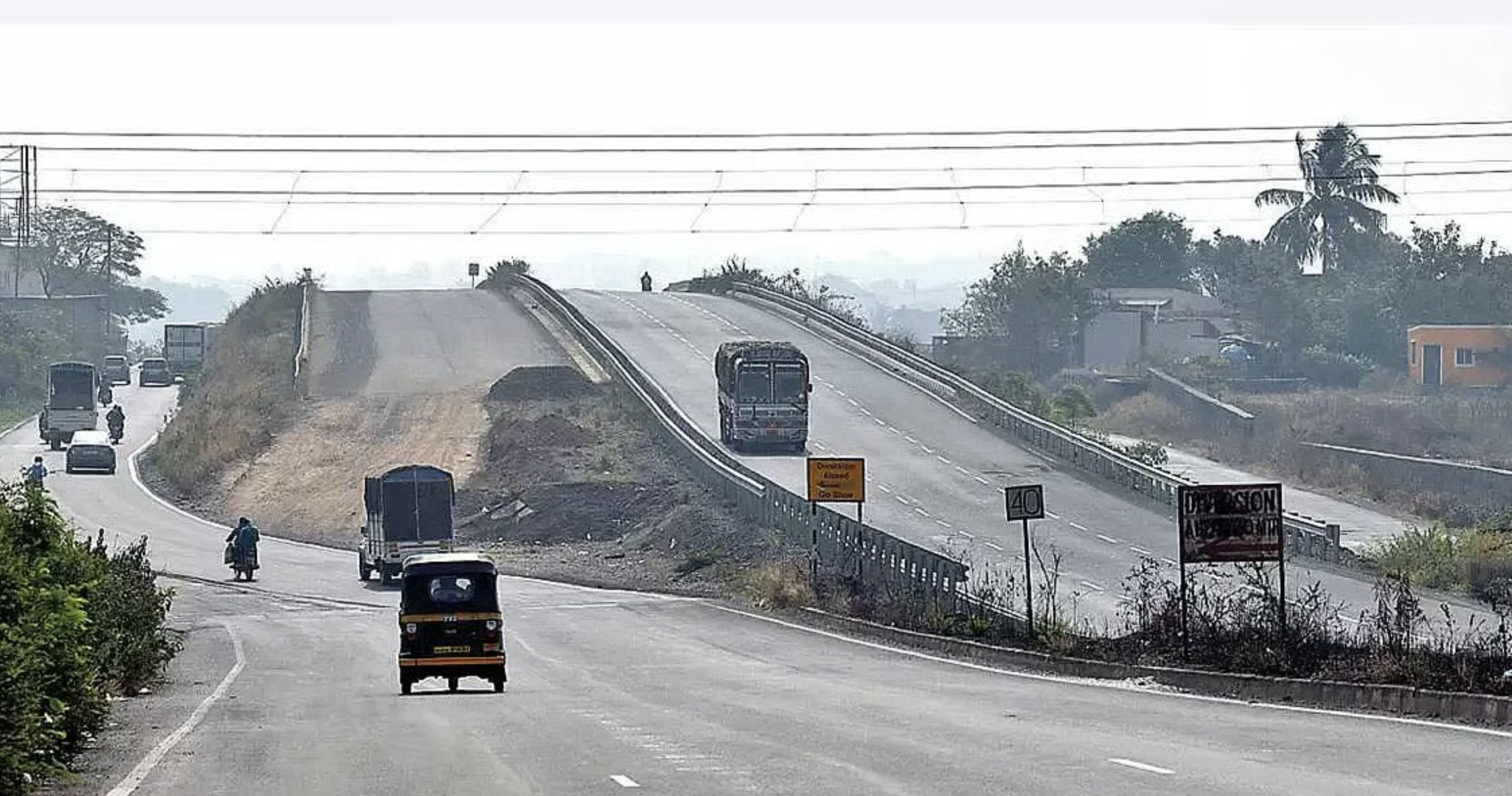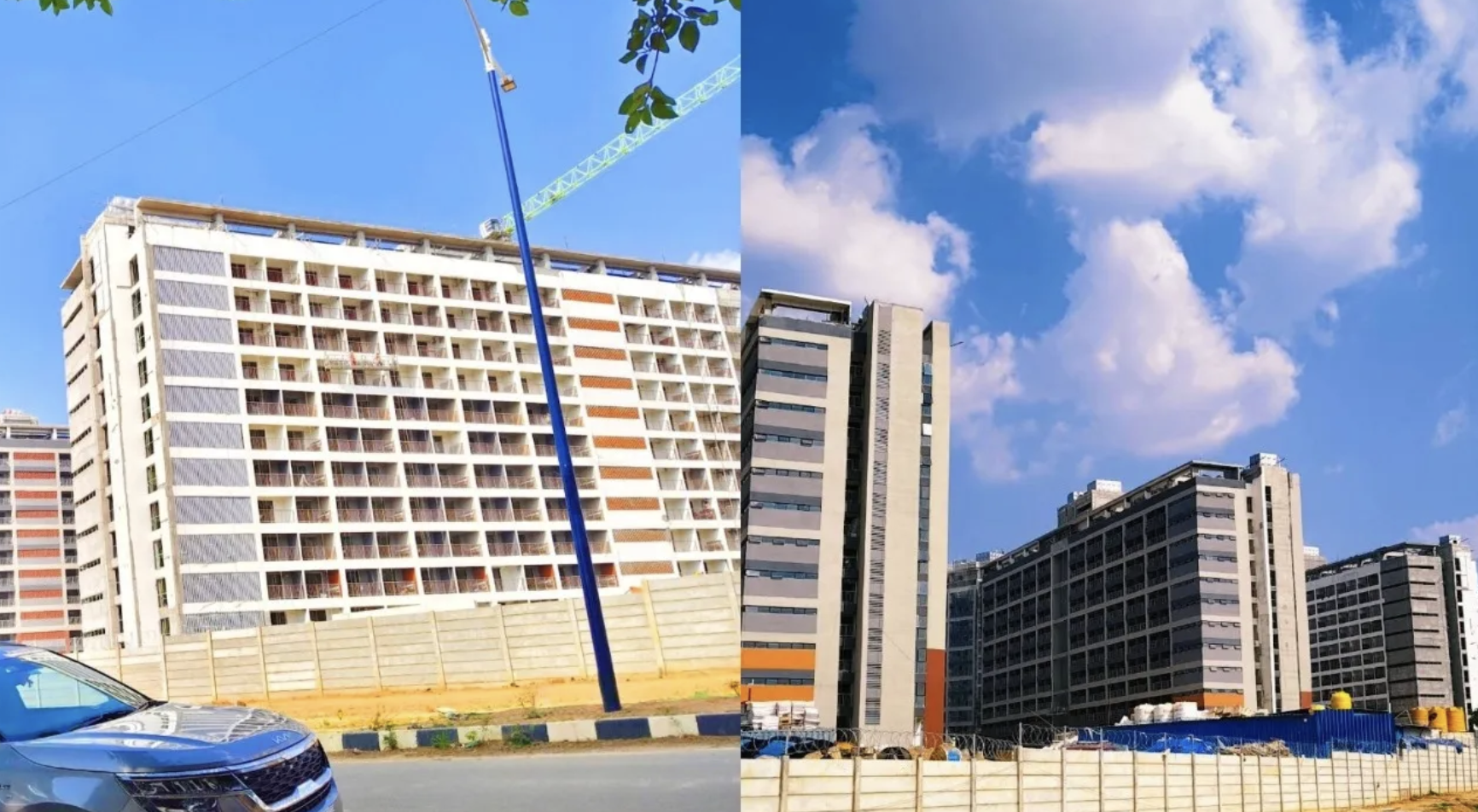Following criticism over the recent tariff hike by telecom service providers (TSPs), the Ministry of Communication defended the increase, stating it complies with the regulatory framework. This response comes amid concerns that the tariff hike will impose an additional burden of Rs. 34,824 crore on consumers.

Rationale Behind Tariff Hike
The Department of Telecommunications (DoT) clarified that TSPs have raised mobile service prices after more than two years. The DoT highlighted that significant investments have been made in rolling out 5G services across the country, leading to a substantial increase in median mobile speed to 100 Mbps and boosting India’s international rank from 111 in October 2022 to 15 today.
Details of Tariff Hike
All three major private telecom service providers — Reliance Jio, Bharti Airtel, and Vodafone Idea Limited — announced tariff hikes ranging from 10% to 25% last week. This follows the last hike in November 2021. Reliance Jio led with a tariff increase of 12-25%, followed by Airtel with hikes ranging from 11% to 21% across its prepaid and postpaid plans, and Vodafone Idea (Vi) increased tariffs by 10-23%.
Regulatory Compliance
The DoT emphasized that the tariff hike adheres to the provisions of the Telecom Regulatory Authority of India (TRAI) Act 1997, which empowers TRAI as an independent regulator to set telecom service rates. It noted that for the past two decades, mobile service rates have been determined under forbearance by TRAI. The government further explained that the current mobile services market operates under the forces of demand and supply, with three private sector players and one public sector player.
Focus on Advanced Technologies and Financial Sustainability
The government underscored the importance of investing in advanced technologies such as 5G, 6G, IoT/M2M for Industry 4.0, emphasizing their role in ensuring the financial viability of the sector. It stressed the need for continued investments in cutting-edge technologies to safeguard subscriber interests, promote orderly growth, and ensure financial sustainability. The government also mentioned that the telecommunications sector had faced controversies and lacked transparency in the past, leading to stagnation in the growth of mobile services.
Conclusion
The Ministry of Communication’s defense of the recent telecom tariff hike underscores the necessity of investment in advanced technologies and compliance with regulatory frameworks. The government aims to balance financial sustainability and subscriber interests while promoting growth in the telecommunications sector.














